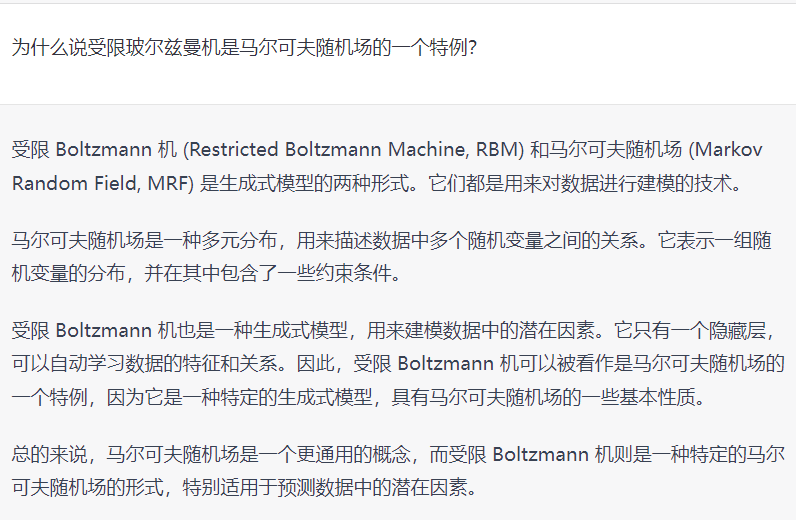转载自微信公众号
原文链接: https://mp.weixin.qq.com/s?__biz=Mzg4MjgxMjgyMg==&mid=2247486049&idx=1&sn=1d98375dcbb9d0d68e8733f2dd0a2d40&chksm=cf51b898f826318ead24e414144235cfd516af4abb71190aeca42b1082bd606df6973eb963f0#rd
Open AI 自监督学习笔记
Video: https://www.youtube.com/watch?v=7l6fttRJzeU
Slides: https://nips.cc/media/neurips-2021/Slides/21895.pdf
Self-Supervised Learning
– Self-Prediction and Contrastive Learning
- Self-Supervised Learning
- a popular paradigm of representation learning
Outline
-
Introduction: motivation, basic concepts, examples
-
Early Work: Look into connection with old methods
-
Methods
- Self-prediction
- Contrastive Learning
- (for each subsection, present the framework and categorization)
-
Pretext tasks: a wide range of literature review
-
Techniques: improve training efficiency
Introduction
What is self-supervised learning and why we need it?
What is self-supervised learning?
-
Self-supervised learning (SSL):
- a special type of representation learning that enables learning good data representation from unlablled dataset
-
Motivation :
-
the idea of constructing supervised learning tasks out of unsupervised datasets
-
Why?
✅ Data labeling is expensive and thus high-quality dataset is limited
✅ Learning good representation makes it easier to transfer useful information to a variety of downstream tasks
⇒
\Rightarrow
⇒ e.g. Few-shot learning / Zero-shot transfer to new tasks
Self-supervised learning tasks are also known as pretext tasks
What’s Possible with Self-Supervised Learning?
Early Work
Precursors 先驱者 to recent self-supervised approaches
Early Work: Connecting the Dots
Some ideas:
Restricted Boltzmann Machines
- RBM:
-
a special case of markov random field

-
consisting of visible units and hidden units
-
has connections between any pair across visible and hidden units, but not within each group

Autoencoder: Self-Supervised Learning for Vision in Early Days
- Autoencoder: a precursor to the modren self-supervised approaches
- Such as Denoising Autoencoder
- Has inspired many self-learning approaches in later years
- such as masked language model (e.g. BERT), MAE

Word2Vec: Self-Supervised Learning for Language
- Word Embeddings to map words to vectors
- extract the feature of words
- idea:
- the sum of neighboring word embedding is predictive of the word in the middle

- An interesting phenomenon resulting from word2Vec:
Autoregressive Modeling
Siamese Networks
Many contrastive self-supervised learning methods use a pair of neural networks and learned from their difference
– this idea can be tracked back to Siamese Networks
- Self-organizing neural networks
- where two neural networks take seperate but related parts of the input, and learns to maximize the agreement between the two outputs
- Siamese Networks
-
if you believe that one network F can well encode x and get a good representation f(x)
-
then, 对于两个不同的输入x1和x2,their distance can be d(x1,x2) = L(f(x1),f(x2))
-
the idea of running two identical CNN on two different inputs and then comparing them —— a Siamese network
-
Train by:
✅ If xi and xj are the same person,
∣
∣
f
(
x
i
)
−
f
(
x
j
)
||f(xi)-f(xj)
∣∣f(xi)−f(xj) is small
✅ If xi and xj are the different person,
∣
∣
f
(
x
i
)
−
f
(
x
j
)
||f(xi)-f(xj)
∣∣f(xi)−f(xj) is large

Multiple Instance Learning & Metric Learning
Predecessors of the predetestors of the recent contrastive learning techniques : multiple instance learning and metric learning

Methods
- self-prediction
- Contrastive learning
Methods for Framing Self-Supervised Learning Tasks
-
Self-prediction: Given an individual data sample, the task is to predict one part of the sample given the other part
- 即 “Intra-sample” prediction
The part to be predicted pretends to be missing
-
Contrastive learning: Given multiple data samples, the task is to predict the relationship among them
-
relationship: can be based on inner logics within data
✅ such as different camera views of the same scene
✅ or create multiple augmented version of the same sample
The multiple samples can be selected from the dataset based on some known logics (e.g., the order of words / sentences), or fabricated by altering the original version
即 we know the true relationship between samples but pretend to not know it
Self-Prediction
Self-prediction: Autoregressive Generation
Self-Prediction: Masked Generation
Self-Prediction: Innate Relationship Prediction
Self-Prediction: Hybrid Self-Prediction Models
Hybrid Self-Prediction Models: Combines different type of generation modeling
- VQ-VAE + AR
- Jukebox (Dhariwal et al. 2020), DALL-E (Ramesh et al. 2021)
- VQ-VAE + AR + Adversial
-
VQGAN (Esser & Rombach et al. 2021)
-
VQ-VAE: to learn a discrete code book of context rich visual parts
-
A transformer model: trained to auto-aggressively modeling the color combination of this code book

Contrastive Learning
本文内容由网友自发贡献,版权归原作者所有,本站不承担相应法律责任。如您发现有涉嫌抄袭侵权的内容,请联系:hwhale#tublm.com(使用前将#替换为@)